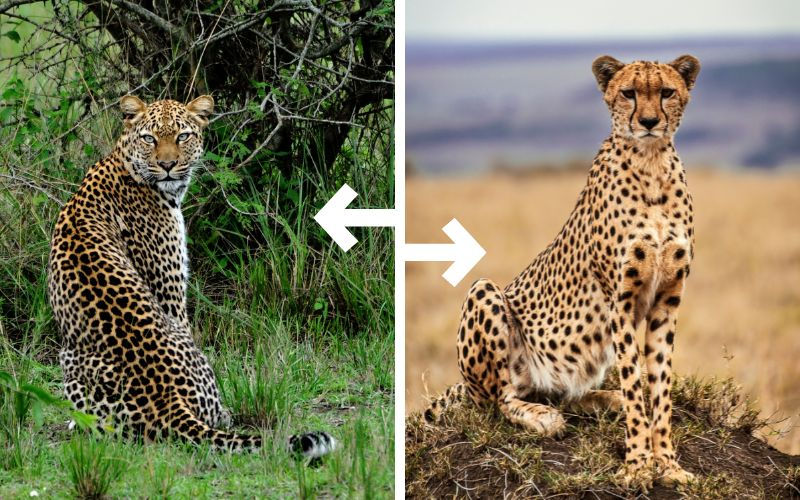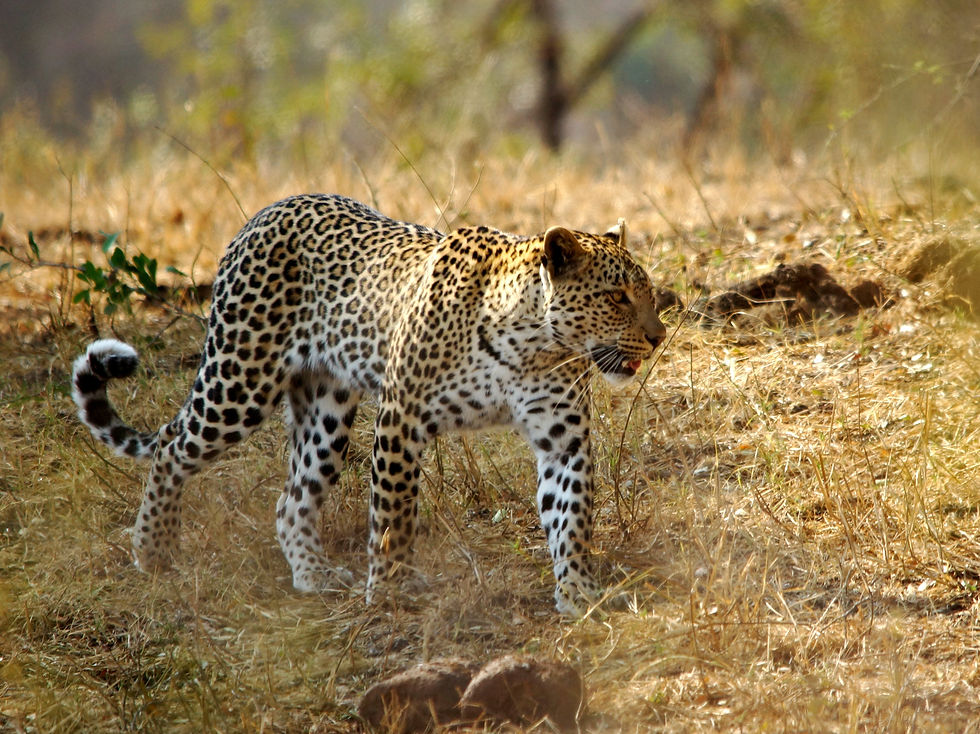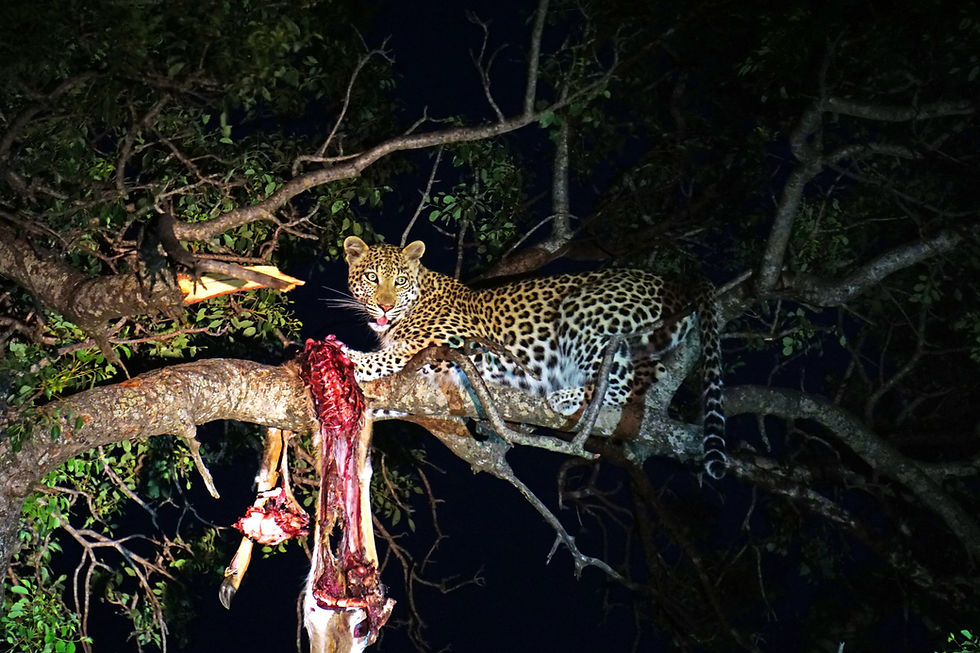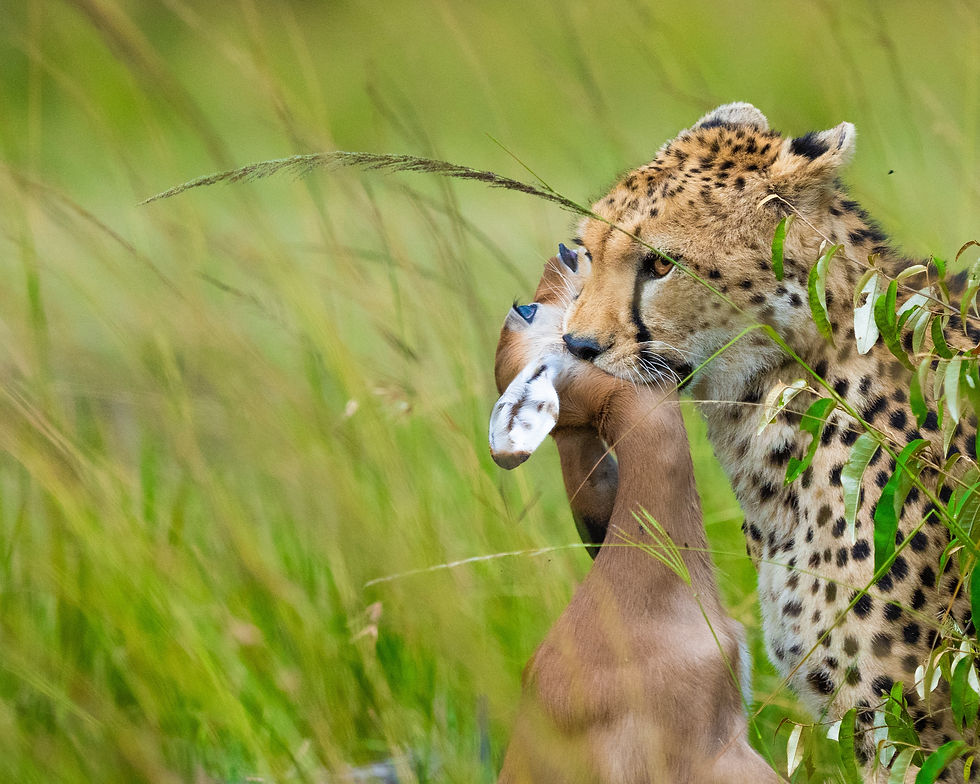Are you able to spot the differences between a leopard and a cheetah? While these majestic big cats may share some similarities, there are distinct features that set them apart. Understanding the disparities between these two magnificent creatures can deepen your appreciation for their unique characteristics.
Leopards, known for their strength and agility, have a robust build and are excellent climbers. Their signature rosette-patterned fur helps them blend seamlessly into their surroundings, making them highly skilled at stalking their prey. On the other hand, cheetahs possess an unparalleled speed that sets them apart from any other animal on the planet. Their slender body, distinctive tear marks, and lightweight frame make them adept sprinters, capable of reaching astonishing speeds in mere seconds.
Despite their differences, both these big cats face threats such as habitat loss and poaching. By understanding the distinctions between leopards and cheetahs, we can cultivate a greater sense of respect and concern for their survival. Join us as we delve into the intricate details that separate these magnificent felines in our article: 'Unveiling the Distinctions: Leopard vs. Cheetah - What Sets them Apart?'

Physical Characteristics of Leopards
Leopards are easily recognizable by their powerful build and muscular bodies. They have a distinctive coat pattern consisting of rosettes, which are rose-like markings with a brown or black spot in the center. These markings help leopards camouflage themselves within their habitats, enabling them to stalk prey effectively. Additionally, leopards have a broad head with strong jaws, equipped with sharp teeth and retractable claws that aid in hunting and climbing trees. Their fur color varies depending on their habitat, ranging from pale yellow to deep gold in African leopards, while Indian leopards may have a more tawny coat.
Leopards are well-adapted to a wide range of habitats, from savannas and grasslands to forests and mountainous regions. They are found across Africa, parts of Asia, and even in some parts of the Middle East. Leopards are solitary animals and are known for their exceptional climbing abilities, often dragging their prey up a tree to protect it from scavengers. Despite their solitary nature, leopards establish territories that they fiercely defend against intruders, marking their boundaries with urine and claw marks on trees.
In terms of size, leopards are medium-sized big cats, with adult males weighing between 60 to 90 kg (132 to 198 lbs) and females slightly smaller. Their body length can range from 4.25 to 6.25 feet (1.3 to 1.9 meters) with a tail length of about 25 to 39 inches (64 to 99 cm). Leopards have a powerful build that enables them to take down prey much larger than themselves, showcasing their strength and agility in the wild.

Physical Characteristics of Cheetahs
Cheetahs are known for their incredible speed and sleek, slender build. They have a distinctive coat pattern with solid black spots scattered across a golden-yellow background. One of the key features that distinguish cheetahs from other big cats is the presence of black tear marks that run from the inner corners of their eyes down to the sides of their mouths, aiding in reducing glare from the sun during hunts. Cheetahs have a lightweight body, long legs, and a deep chest that accommodates large lungs, allowing for rapid acceleration during sprints.
The habitat of cheetahs primarily includes open grasslands and savannas, where their speed and agility are essential for hunting. Cheetahs are native to Africa and some parts of Iran, with small populations also found in parts of Asia. Unlike leopards, cheetahs are diurnal hunters, relying on their exceptional speed to catch agile prey such as gazelles and impalas. They have a unique hunting style, characterized by short bursts of speed that can reach up to 70 mph (113 km/h) in just a few seconds.
Cheetahs are the smallest of the big cats, with adult males weighing between 110 to 140 lbs (50 to 64 kg) and females slightly smaller. Their body length ranges from 3.5 to 4.5 feet (1.1 to 1.4 meters), with an additional tail length of about 25.5 to 31.5 inches (65 to 80 cm). Despite their smaller size compared to other big cats, cheetahs are built for speed and agility, making them formidable hunters in their grassland habitats.

Habitat and Distribution of Leopards
Leopards are highly adaptable creatures, inhabiting a diverse range of ecosystems from dense rainforests to arid deserts. They are found across sub-Saharan Africa, parts of the Middle East, India, and China. Leopards are known for their ability to thrive in various habitats, including mountains, grasslands, and even urban areas. However, their populations are threatened by habitat loss due to human encroachment and deforestation, leading to conflicts with local communities.
In Africa, leopards are the most widely distributed big cat, with populations present in countries such as South Africa, Botswana, Kenya, and Tanzania. They are also found in parts of the Arabian Peninsula and the Russian Far East. Leopards are solitary animals, with each individual occupying a territory that overlaps with those of other leopards. Their adaptability to different environments has helped them survive in a changing world, but they still face significant challenges to their long-term survival.
Leopards are known for their elusive nature, often preferring to hunt under the cover of darkness. They are opportunistic feeders, consuming a wide range of prey including antelopes, monkeys, and even smaller predators like hyenas. Leopards are adept climbers and often hoist their kills into trees to protect them from scavengers. Despite their solitary lifestyle, leopards may occasionally come together for mating purposes, with females raising their cubs in secluded dens until they are old enough to join their mother in hunting.

Habitat and Distribution of Cheetahs
Cheetahs are primarily found in sub-Saharan Africa, with small populations also inhabiting parts of Iran. They prefer open grasslands and savannas where their speed can be utilized to full effect during hunts. However, cheetah populations have been declining due to habitat loss, human-wildlife conflict, and poaching for their valuable skins. Conservation efforts are underway to protect these magnificent animals and ensure their survival in the wild.
In Africa, cheetahs can be spotted in countries such as South Africa, Namibia, Botswana, Kenya, and Tanzania, where protected areas provide essential habitats for these fast-paced predators. Cheetahs are social animals, with females often forming small groups consisting of siblings and their cubs. Male cheetahs, on the other hand, are more solitary and establish territories that overlap with those of several females. This social structure helps cheetahs maintain a balance between competition and cooperation in their dynamic environments.
Cheetahs rely on their speed and agility to catch prey, with hunts typically lasting less than a minute due to the immense energy expenditure involved. They primarily target medium-sized ungulates such as gazelles and impalas, using their keen eyesight to identify vulnerable individuals within a herd. Cheetahs are vulnerable to larger predators like lions and hyenas, often losing their kills to these competitors. Despite their challenges, cheetahs play a vital role in maintaining the balance of ecosystems through their hunting behaviors.

Hunting and Feeding Behavior of Leopards
Leopards are skilled hunters that rely on stealth and ambush tactics to catch their prey. They are opportunistic feeders, adapting their diet to the availability of prey in their environment. Leopards have a varied diet that includes mammals, birds, and reptiles, making them versatile predators capable of hunting a wide range of species. They are known for their ability to drag heavy prey up trees to protect it from scavengers, showcasing their strength and intelligence in securing their meals.
Leopards are solitary hunters, preferring to stalk their prey under the cover of darkness when they are most active. Their excellent night vision and keen sense of hearing aid them in locating potential targets. Leopards use a combination of stealth, speed, and agility to outmaneuver their prey, often pouncing from a hidden position to deliver a fatal bite to the neck or throat. Once the prey is subdued, leopards may drag it to a secluded spot or up a tree to prevent theft by other predators.
Despite their solitary nature, leopards may occasionally share a kill with other leopards or even with other carnivores like hyenas. This behavior is often seen in mothers with cubs, who may allow their offspring to feed alongside them. Leopards are known for their patience and strategic hunting techniques, waiting for the perfect moment to strike and secure a successful kill. Their adaptability and resourcefulness make them formidable predators in a variety of environments.

Hunting and Feeding Behavior of Cheetahs
Cheetahs are renowned for their speed and agility, which play a crucial role in their hunting and feeding behaviors. Unlike other big cats that rely on suffocation to kill their prey, cheetahs use their speed to chase down and trip their targets. They have a unique hunting style characterized by short, high-speed pursuits that can cover distances of up to 500 meters in a matter of seconds. Cheetahs aim to knock their prey off balance with a well-timed swipe, allowing them to deliver a fatal bite to the throat.
Cheetahs are diurnal hunters, preferring to hunt during the day when their exceptional eyesight provides an advantage in spotting potential prey from a distance. They target medium-sized ungulates such as gazelles and impalas, using their speed to outpace and outmaneuver their quarry. Cheetahs are known for their high hunting success rates, with up to 50% of their chases resulting in a kill. However, they are vulnerable to losing their kills to larger predators like lions and hyenas, which can pose a threat to their survival.
After a successful hunt, cheetahs consume their prey quickly to avoid losing it to scavengers. They have a unique feeding behavior that involves eating rapidly before retreating to a safe location to rest and digest. Cheetahs do not have the same strength as other big cats, so they must consume their meals efficiently to ensure they get enough nutrients to sustain their high-energy lifestyle. Their feeding habits reflect their need to balance speed and efficiency in securing their next meal.

Social Behavior of Leopards
Leopards are solitary animals that establish and defend territories against intruders. They are known for their elusive nature, often preferring to hunt and rest alone to avoid competition with other predators. Despite their solitary lifestyle, leopards may come together for mating purposes, with males seeking out receptive females during the breeding season. Female leopards raise their cubs in secluded dens, providing them with protection and guidance until they are old enough to fend for themselves.
Territorial disputes between leopards are common, often resulting in vocalizations, scent marking, and occasional physical confrontations. Each leopard defends its territory against rivals of the same sex, with males having larger territories that overlap with those of several females. The marking of boundaries through urine spraying and claw scratching helps leopards communicate their presence and warn off potential intruders. Maintaining a territory is crucial for securing access to resources and potential mates within the leopard population.
Female leopards are responsible for raising and nurturing their cubs, teaching them essential hunting and survival skills. Cubs remain with their mothers for up to two years before becoming independent and establishing their territories. Female leopards may have multiple litters throughout their lives, with each litter consisting of one to four cubs. The bond between mother and offspring is strong, with females showing protective behavior and providing food and guidance until the cubs are ready to venture out on their own.

Social Behavior of Cheetahs
Cheetahs exhibit a more social structure compared to leopards, with females often forming small groups consisting of siblings and their offspring. These groups, known as coalitions, help female cheetahs protect their cubs and increase their hunting success through cooperative strategies. Male cheetahs, on the other hand, are more solitary and establish territories that overlap with those of several females, allowing them to mate with multiple partners within their range.
Male cheetahs may form small coalitions with brothers or unrelated males to defend their territories and increase their chances of successful mating. These coalitions provide males with a competitive advantage in securing access to females and protecting their territories from rival males. Male cheetahs are highly territorial, marking their boundaries with urine and scratch marks to communicate their presence and deter intruders. Maintaining a territory is essential for male cheetahs to attract mates and ensure the survival of their offspring.
Female cheetahs are responsible for raising their cubs and teaching them essential hunting skills. Cubs remain with their mothers for up to two years, learning how to stalk, chase, and catch prey through play and observation. Female cheetahs are protective of their cubs, providing them with food, shelter, and guidance until they are old enough to fend for themselves. The bond between mother and offspring is crucial for the survival of cheetah cubs in the challenging savanna environment.

Conclusion: Understanding the Differences Between Leopards and Cheetahs
In conclusion, leopards and cheetahs are fascinating big cats with unique characteristics that set them apart in the animal kingdom. While leopards are known for their strength, agility, and solitary nature, cheetahs stand out for their incredible speed, sleek build, and more social behaviors. Understanding the distinctions between these two majestic predators can deepen our appreciation for their adaptations, hunting strategies, and social dynamics in the wild.
By delving into the physical, behavioral, and ecological aspects of leopards and cheetahs, we gain a better understanding of the challenges they face in their respective habitats. Both species are vulnerable to threats such as habitat loss, human-wildlife conflict, and poaching, underscoring the importance of conservation efforts to protect these iconic predators.
Through education, awareness, and conservation initiatives, we can ensure a future where leopards and cheetahs continue to roam the savannas and forests, enriching our world with their presence and majesty.


Comentarios